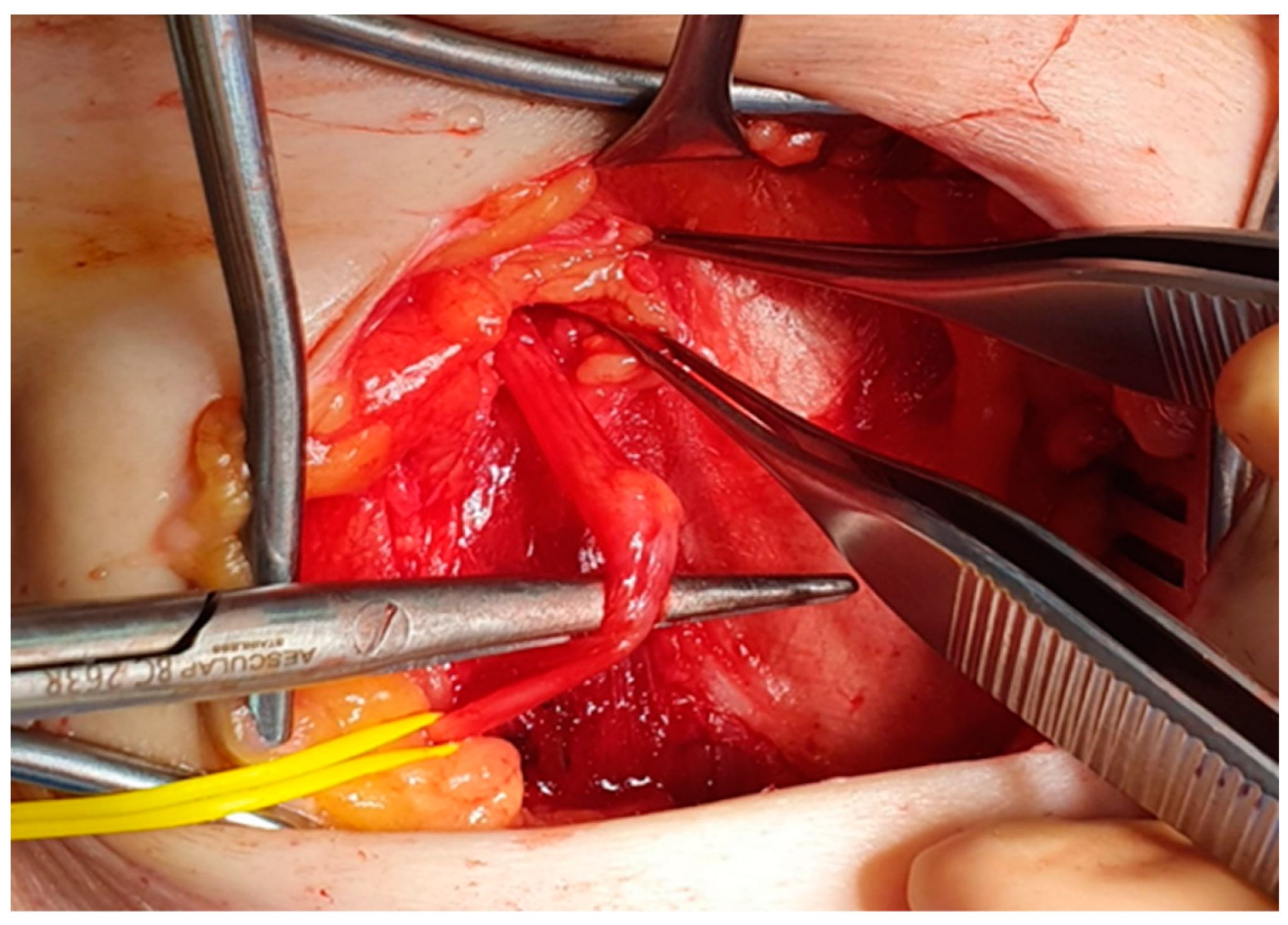
Bernhardt–Roth Paraesthesia, also known as Meralgia Paresthetica, is a condition that causes tingling, numbness, and burning pain in the outer thigh. This happens when the lateral femoral cutaneous nerve, which supplies sensation to the skin surface of the thigh, gets compressed. Common causes include tight clothing, obesity, pregnancy, or trauma. Symptoms often worsen with walking or standing and improve with sitting. Diagnosis is usually clinical but can be confirmed with nerve conduction studies or imaging. Treatment ranges from lifestyle changes and medications to physical therapy or, in severe cases, surgery. Understanding this condition can help manage symptoms and improve quality of life.
Key Takeaways:
- Bernhardt–Roth Paraesthesia causes tingling, numbness, and burning pain in the outer thigh due to nerve compression from tight clothing, pregnancy, injury, diabetes, or surgery.
- To prevent Bernhardt–Roth Paraesthesia, maintain a healthy weight, wear comfortable clothing, exercise regularly, monitor blood sugar levels, and discuss surgery risks with your doctor.
What is Bernhardt–Roth Paraesthesia?
Bernhardt–Roth Paraesthesia, also known as Meralgia Paresthetica, is a condition characterized by tingling, numbness, and burning pain in the outer thigh. This happens when the lateral femoral cutaneous nerve, which supplies sensation to the skin surface of the thigh, gets compressed. Let's dive into some fascinating facts about this condition.
Causes of Bernhardt–Roth Paraesthesia
Understanding the causes can help in managing and preventing this condition.
- Compression of the Nerve: Tight clothing, belts, or obesity can compress the lateral femoral cutaneous nerve.
- Pregnancy: Weight gain and changes in the pelvis during pregnancy can lead to nerve compression.
- Injury: Direct trauma or injury to the hip or thigh can damage the nerve.
- Diabetes: High blood sugar levels can damage nerves over time, leading to this condition.
- Surgery: Surgical procedures involving the hip, pelvis, or spine can sometimes result in nerve damage.
Symptoms of Bernhardt–Roth Paraesthesia
Recognizing the symptoms is crucial for early diagnosis and treatment.
- Tingling Sensation: A common symptom is a tingling or "pins and needles" feeling in the outer thigh.
- Numbness: Some people experience numbness in the affected area.
- Burning Pain: A burning or aching pain on the outer part of the thigh is often reported.
- Increased Sensitivity: The skin in the affected area may become overly sensitive to touch.
- Worsening Symptoms: Symptoms may worsen after walking or standing for long periods.
Diagnosis of Bernhardt–Roth Paraesthesia
Accurate diagnosis is essential for effective treatment.
- Physical Examination: Doctors often start with a physical exam to check for symptoms.
- Medical History: A detailed medical history helps identify potential causes.
- Nerve Conduction Studies: These tests measure how well electrical signals travel through the nerves.
- Imaging Tests: MRI or CT scans can help rule out other conditions.
- Electromyography (EMG): This test assesses the health of muscles and the nerve cells that control them.
Treatment Options for Bernhardt–Roth Paraesthesia
Various treatments can help manage the symptoms and improve quality of life.
- Medications: Pain relievers, anti-inflammatory drugs, or nerve pain medications can be prescribed.
- Physical Therapy: Exercises and stretches can help relieve nerve compression.
- Weight Management: Losing weight can reduce pressure on the nerve.
- Avoiding Tight Clothing: Wearing loose-fitting clothes can prevent nerve compression.
- Surgery: In severe cases, surgical intervention may be necessary to relieve pressure on the nerve.
Prevention of Bernhardt–Roth Paraesthesia
Taking preventive measures can reduce the risk of developing this condition.
- Maintain a Healthy Weight: Keeping a healthy weight can prevent nerve compression.
- Wear Comfortable Clothing: Avoid tight belts and clothing that can compress the nerve.
- Exercise Regularly: Regular physical activity can help maintain a healthy weight and reduce nerve pressure.
- Monitor Blood Sugar Levels: For those with diabetes, keeping blood sugar levels under control can prevent nerve damage.
- Be Cautious with Surgery: Discuss potential risks with your doctor before undergoing surgery involving the hip, pelvis, or spine.
Understanding Bernhardt–Roth Paraesthesia
Bernhardt–Roth Paraesthesia, also known as Meralgia Paresthetica, is a condition that affects the lateral femoral cutaneous nerve. This nerve provides sensation to the outer thigh. When compressed, it causes tingling, numbness, and burning pain in that area. Common causes include tight clothing, obesity, pregnancy, and prolonged standing or walking.
Treatment often involves lifestyle changes like wearing looser clothing, losing weight, and avoiding prolonged standing. In some cases, physical therapy, medications, or even surgery might be necessary. Early diagnosis and intervention can significantly improve symptoms and quality of life.
Understanding the causes and treatments of Bernhardt–Roth Paraesthesia can help those affected manage their symptoms better. If you experience persistent thigh pain or numbness, consult a healthcare professional for proper diagnosis and treatment. Taking proactive steps can lead to better outcomes and relief from discomfort.
Frequently Asked Questions
Was this page helpful?
Our commitment to delivering trustworthy and engaging content is at the heart of what we do. Each fact on our site is contributed by real users like you, bringing a wealth of diverse insights and information. To ensure the highest standards of accuracy and reliability, our dedicated editors meticulously review each submission. This process guarantees that the facts we share are not only fascinating but also credible. Trust in our commitment to quality and authenticity as you explore and learn with us.
